Did you know that about three fourths of your body mass is actually water? Did you know that you can last for up to three weeks without food, but without water you only get three, maybe four days before you kick the bucket? This applies especially in cold climates, where the air is drier and you will dehydrate much faster. What I’m trying to say is that having a water source is key in a survival situation.
Since we’re in the winter season and it’s a harsh winter out there folks, at least for some of us, let us share with you some thoughts about using snow and ice for survival.
Just like in the summer, water is crucial in cold climates as well. We lose water from breathing and sweating and if we don’t resupply our bodily fluids in a timely fashion, dehydration may ensue. And let us tell you something: dehydration is your number one enemy in a real life survival scenario, it will kill you surely and quickly.
Even in the winter, you will require at least half a gallon of water per day to maintain efficiency.
Use Only Clean Snow!
Especially if you’re in a cold environment, due to dehydration you will be prone to frostbite and hypothermia. Therefore, finding a safe source or method for your daily water supply is one of the most important things you can ever learn.
The good thing about cold climates is that you have plenty of snow and ice available and guess what – snow and ice are made of water. All you have to do is to find a way to melt it and you’re golden!
First things first though, don’t eat the yellow snow. Actually, don’t eat snow at all; you may damage the inside of your mouth. Also your body temperature will drop, and that will actually dehydrate you faster so that’s not a good idea at all.
Basically, you will have to find a clean source of ice or snow and you’ll have to melt it in order to quench your thirst. Keep in mind that it will take some time and energy to procure water, so don’t wait until the first symptoms of dehydration appear: start early, plan ahead.
First, you must be aware of the fact that snow and ice are as pure as the water from which they were born. Also, keep in mind that snow tends to retain all the impurities in the atmosphere; hence, you should avoid snow that looks contaminated with traces of dirt or other dubious debris. Another thing to remember is that ice will give you more water than snow, all things being equal, because it has a much higher density than snow. So, basically, go for ice instead of snow, if possible.
Melting Snow
Here’s a method for melting/filtering snow using a T-Shirt or something similar:
But the easiest way to melt your ice or snow is to do so in a pan over fire.
If you can’t make a fire (that’s kind of bad for you in the long run), you can try melting some snow in a bottle between the inner /outer layers of your clothing. It should work, to some extent.
Put the ice/snow in a heat resistant container, melt it, boil it to eliminate pathogens and that’s about it. You can store water for later in a bottle and keep it close to your body in order to prevent it from freezing again.
Start a Fire Using Ice
Here’s another nice trick for making fire using ice, by creating a lens out of ice.
The ice must be crystal clear in order to make for an usable lens.
You will have to use clear ice from a lake or a pond, give it a roughly lens shape with a knife and afterwards you’ll have to use the heat of your hands for the final touches, just like in the picture.
We know it sounds like science fiction, but who knows – it may save your life some day.
You should practice this technique at home and see how it works for you. Practice makes perfect and that’s a cool idea after all.
Using Snow for Shelter
Aside from providing you with drinking water, snow can be used in a very different way in a survival situation. You can actually build yourself a storm shelter, a snow burrow, so to speak, or an Igloo, just like the Eskimo.
Realistically speaking, building yourself an Igloo is pretty hard work and you can succumb to hypothermia while you’re at it, especially if you aren’t physically fit or don’t have the skills and the necessary tools.
It’s pretty hard work piling up a huge mound of snow, letting it settle and digging out your shelter in the interior. It will exhaust you quickly and that can be fatal in a survival situation.
The most efficient way to protect yourself from the cold outside is to bury yourself into a nice hole in the snow; it’s relatively easy and works like a charm. We kid you not – wolves in the Arctic regions do this to protect themselves from the winter storms if they need to.
You will have to dig yourself a snow trench shelter, not too high and not too wide, so it will be heat up from what your body generates.
A large shelter is more difficult to heat up, naturally, so only make the space a little bigger than your body. Making a larger-than-necessary shelter can be a fatal error when it’s very cold outside, because it will actually steal your body heat instead of conserving it.
You can use dead branches and sticks (even blocks of icy snow) as supports for the top of the shelter(you will have to put snow on the top, for insulation purposes) and also make sure you cover the entrance as well (a plastic sheath will do the trick perfectly, or your back pack).
Don’t forget to provide yourself with a ventilation hole and never sleep directly on the ground; use some insulation like pine boughs or grass. Then just slide in, cover your entrance, and get warm!
This article has been written by Chris Black for Survivopedia.


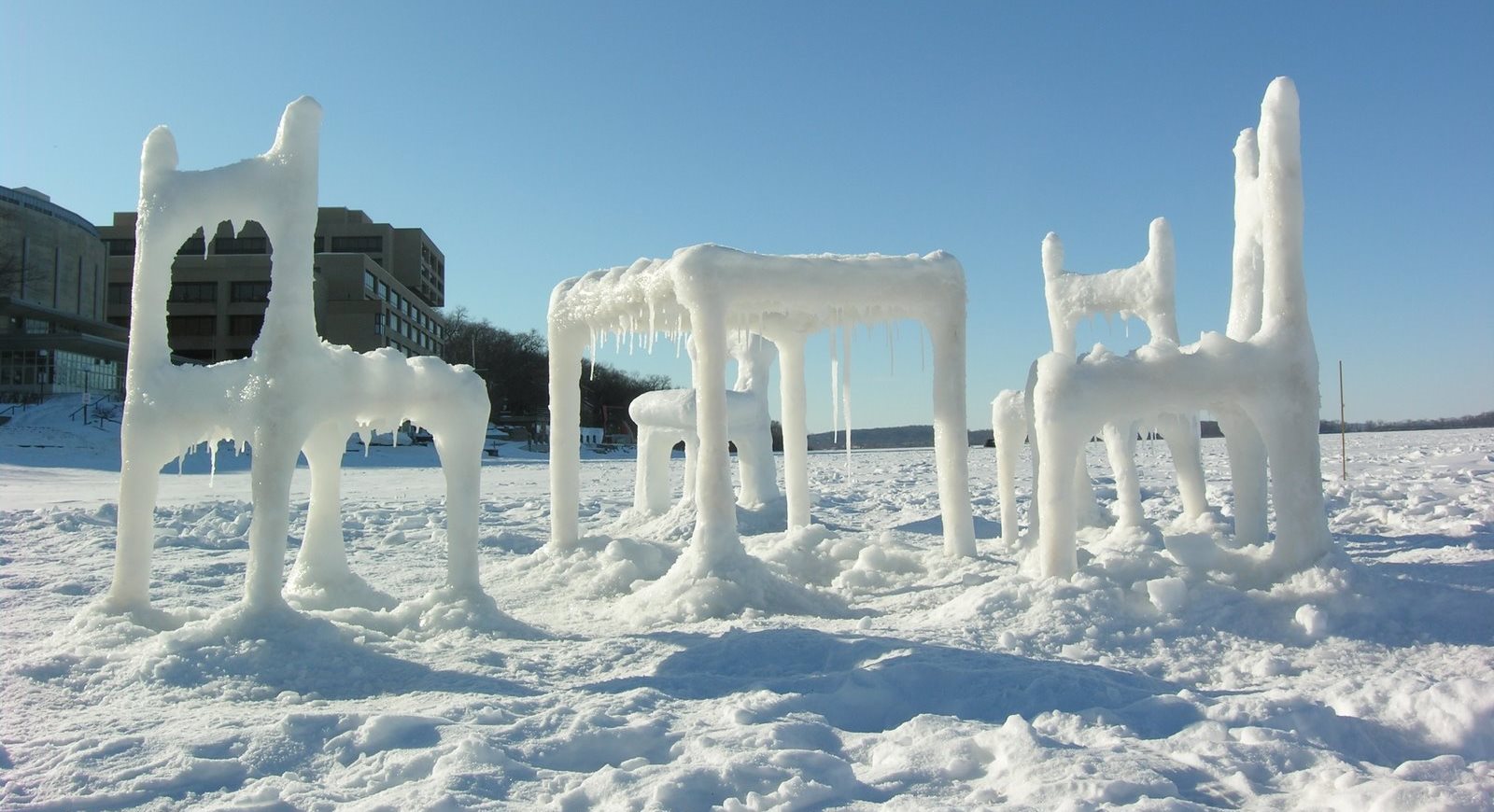
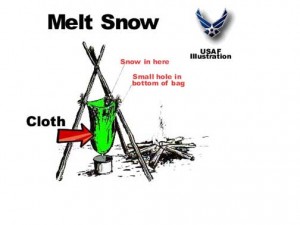
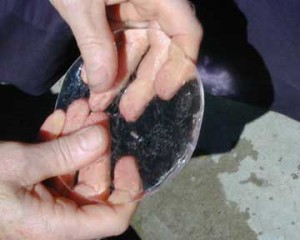
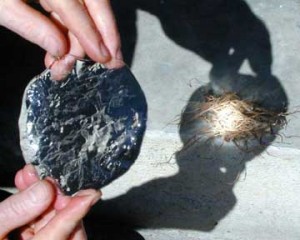
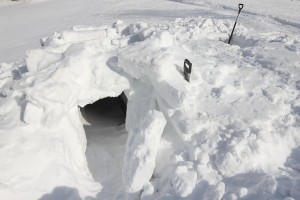

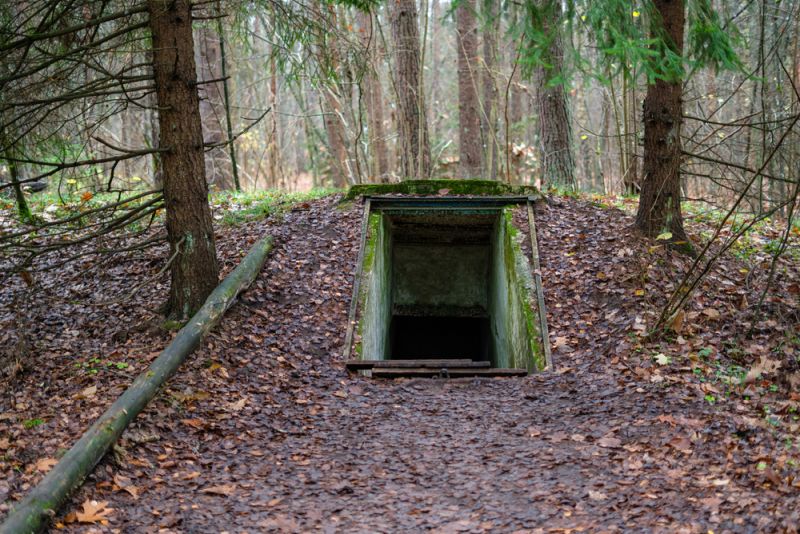
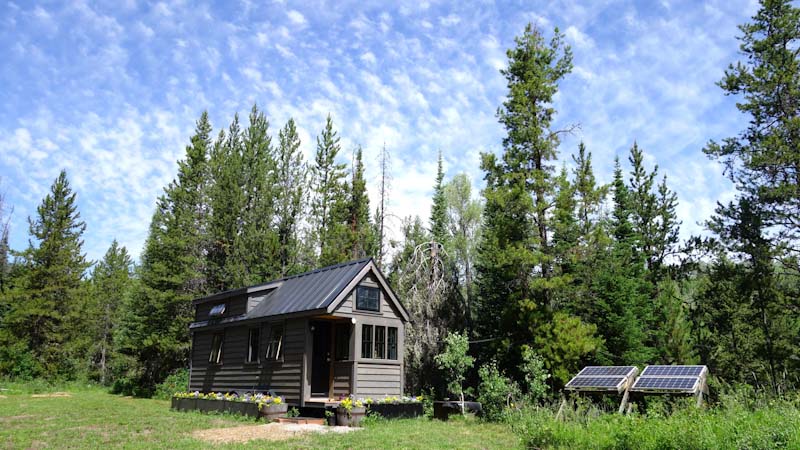
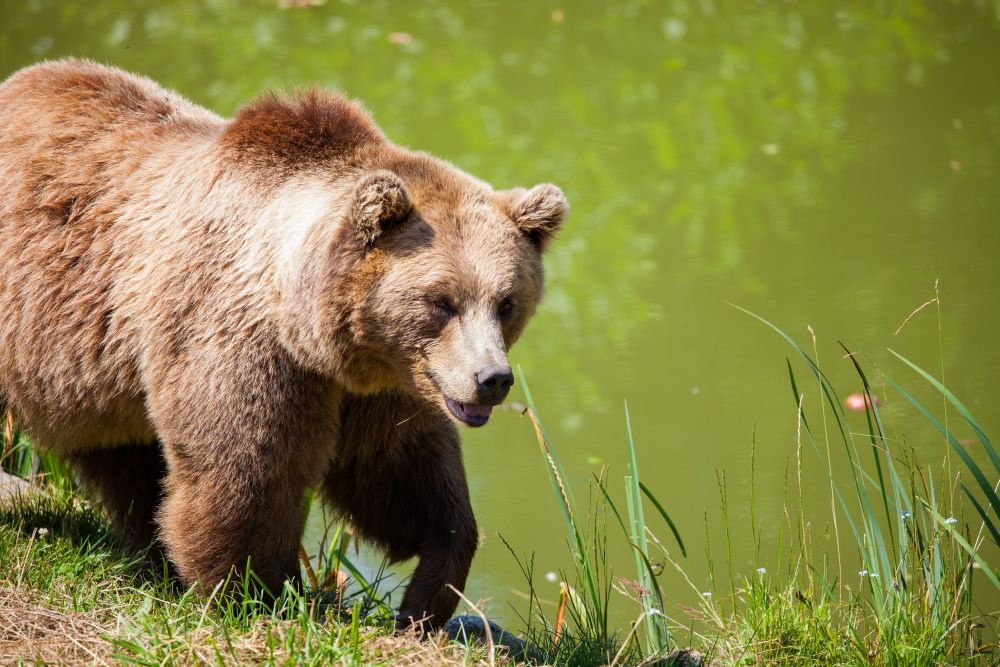
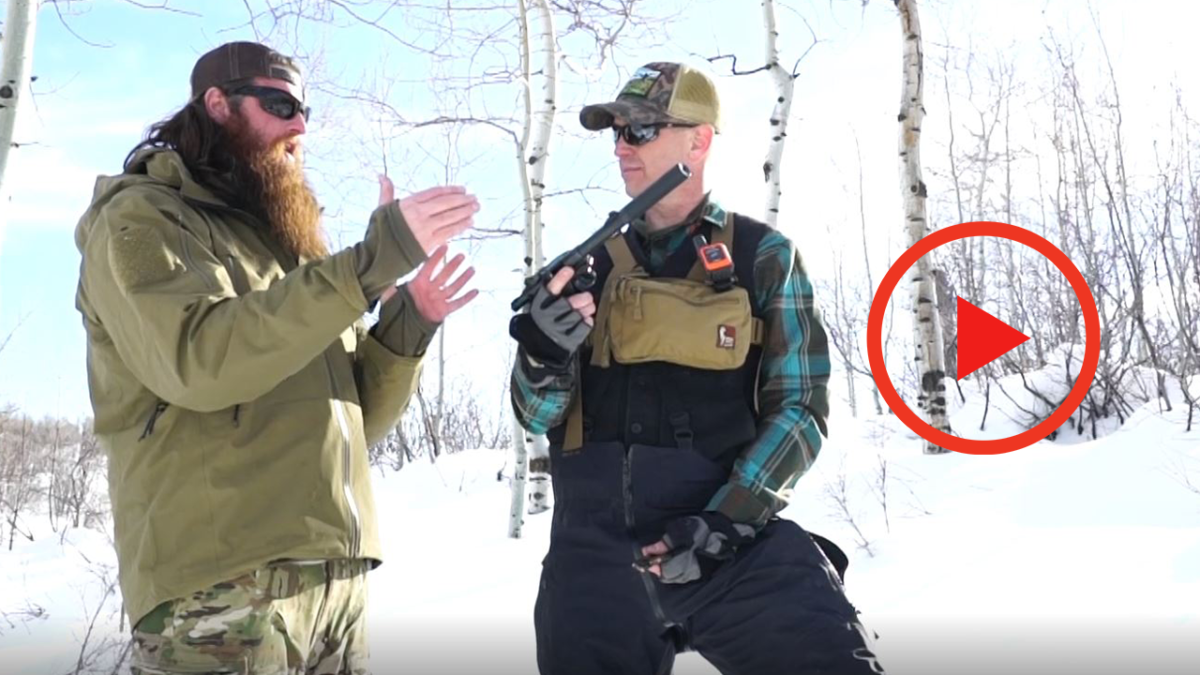

Gary Lee Kelley | January 28, 2014
|
The best thing you can do to assure you and your family of a supply of clean water before the SHTF is to buy and stash a large supply of water filters. We are used to drinking clean water so contaminated water will make us a lot sicker than someone in a third world country that has been drinking it all their lives. There are a lot of different kinds of filters on the market. I suggest you get several different kinds of filters in your prepper supplies. Also a water distiller and/or a still would be a good way to prep for the hard times. Just keep in mind that an electric distiller may be useless if the lights go out, so a still may be your best solution. One can be assembled for less than a hundred dollars. That is pretty cheap for a life saver. Also we keep a few stock water tanks at the back of our house under the eaves to catch emergency water from the roof runoff. We could use it to flush toilets, washing dishes and rag baths. When a big rain is forecast we drain the old water out and hose the empty tanks out, ready to catch the fresh rain.
Remember, the most important thing you must prep for is a supply of clean water. If you do, you will live longer than your neighbors. Another great idea for prepping is to keep a large supply of non-hybrid garden seeds…but I digress…sorry.
VIKING | January 30, 2014
|
1. I did a lot of mountaineering in my younger days, mainly in Norway and the French/Swiss Alps, and would often deliberately set out for climbs with too little water, knowing that once above the snowline you have an inexhaustible supply of H2O, and would just eat clean snow or crunch icicles, and NEVER once had any health problems due to this. This enabled me to travel lighter and so accomplish more. This is not a universal recommendation but it certainly works!
2. Snow holes/caves: Have spent weeks living in these in Norway during late winter, when the days are a little longer than midwinter’s 4.5 hours, and the snow is more consolidated. As a base camp for skiing/climbing such a cave is, in my view, a much better and warmer and quieter alternative than a tent. If the area is forested, and if so it is probably spruce or pine, a good idea is to dig in UNDER the lower branches for they will keep the roof up, and as they naturally tend to slope downwards, especially with the added weight of the snow, they already have the right shape: let nature do the work!
I once made a snow cave big enough to have an open wood fire without melting the house down – naturally you need a decent sized vent in the right place but it can be done.
Beds were usually a plinth of hard packed snow, some branches on top, spruce was my favourite, then a couple of closed cell foam mats, then a reindeer skin, and then the expedition down sleeping bag. Minus 25 outside? No problems at all – inside we never measured lower than minus 5 or thereabouts. Sheer luxury!
Gary Lee Kelley | February 2, 2014
|
I really don’t think you want to eat snow or drink the melted snow. I think you will think the same think after you watch this You-tube video.
Pingback:Uses of Snow and Ice for Survival | TheSurvivalPlaceBlog | February 4, 2014
|
Pingback:13 Survival Lessons From Santa, The Ultimate Prepper - Armageddon Online | December 23, 2015
|
Pingback:20 Commonly Known Survival Tactics That Might Actually Get You Killed | CrunchyBytes | January 27, 2016
|
Pingback:13 Survival Lessons From Santa, The Ultimate Prepper | Survivopedia | June 21, 2016
|
Pingback:7+ Tips To Survive When Camping In Winter | Survivopedia | January 13, 2017
|